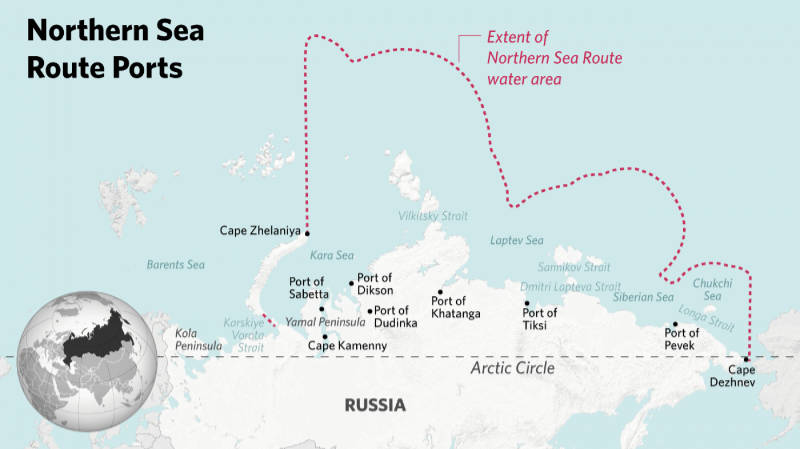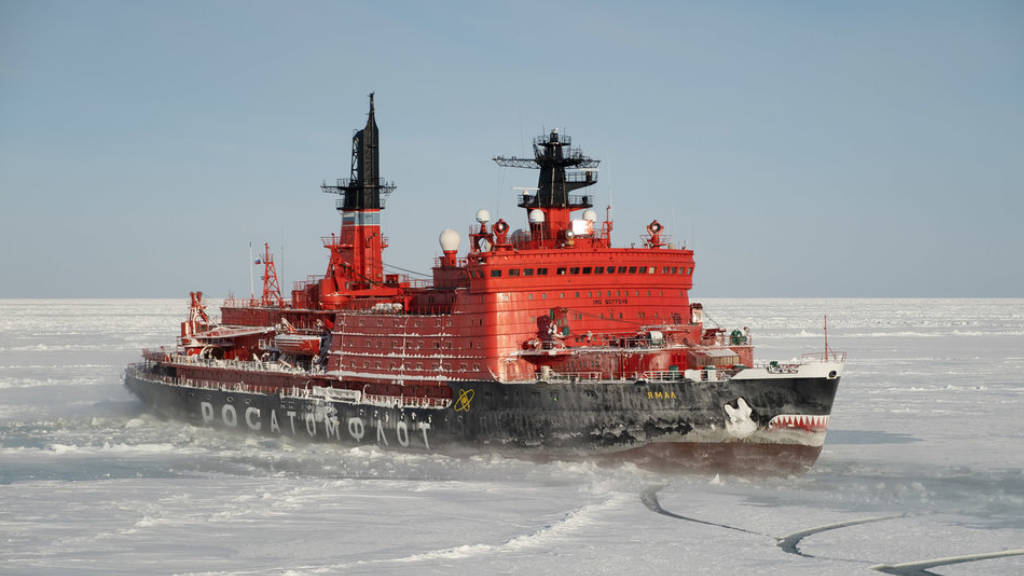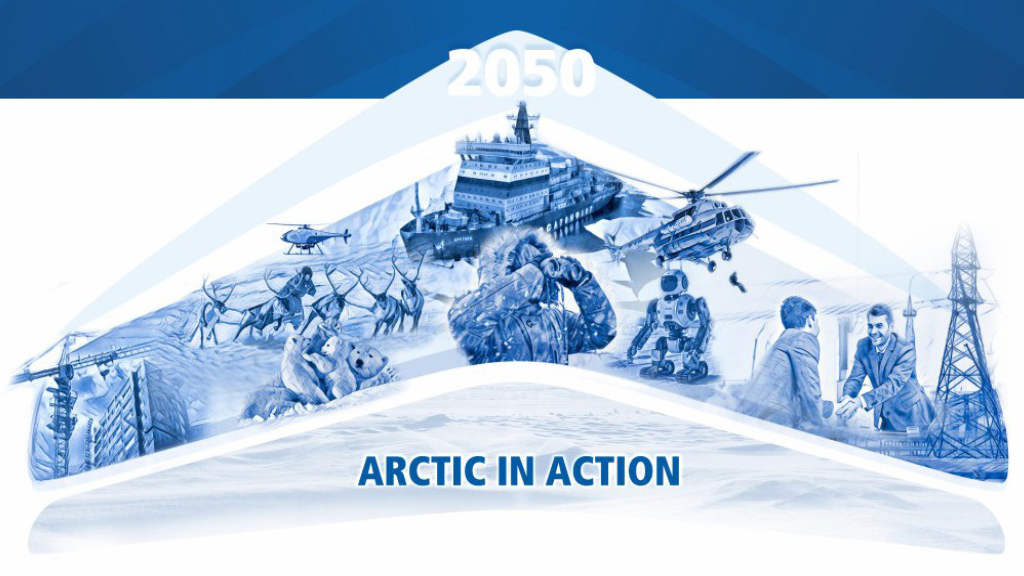In order to maximise the potential of the Northern Sea Route (NSR) and develop it into one of Russia’s key transport lanes, Russia’s Arctic seaports need to be integrated with Russia’s railway and road shipping infrastructure and inland waterways, according to Nikolai Patrushev, Russian presidential aide and the Chairman of Russia’s Maritime Board.
Speaking at a meeting held in Arkhangelsk and dealing with the development of port infrastructure for launching a Trans-Arctic shipping route, Patrushev said that “In order to efficiently use the Trans-Arctic shipping route’s potential and turn it into one of the main transport lanes in the country, it is important to ensure the development of port infrastructure along its entire length. Above all, this requires the modernization and development of key seaports in Russia’s Arctic zone.”
He added that “Investment projects are being implemented to develop the Murmansk, Arkhangelsk, and Sabetta seaports, there are plans for reconstructing the Dudinka port’s berths, and new facilities are being built at Dikson port. Considering that only one-third of Arctic ports are linked with the railway network and in view of anticipated growth in the volume of freight shipments, hinterland connectivity needs to be developed. Seaports should be integrated with the railway and road transport network and with the country’s inland waterways.”

Planned freight shipment growth would be accomplished through the use of large freighters, he said. “This calls for ensuring the required depths and carrying out dredging operations. Considering that major European dredging companies have left the Russian market and that this has significantly increased the cost of dredging operations carried out by Chinese companies, we need to build our own dredging fleet capable of operating particularly in Arctic latitudes.”
Patrushev also urged for the establishment of emergency and rescue centres capable of responding to the entire range of natural and manmade disasters where key economic and infrastructural projects in the Arctic region are implemented, stating that “To develop a Trans-Arctic shipping route, it is important to ensure safe navigation and develop emergency and rescue infrastructure. Taking into account the harsh climate and ice cover in the Arctic, the likelihood of emergency situations is objectively high. Therefore, we need to be prepared to respond to possible accidents requiring properly equipped icebreakers, special hardware, and specialists trained to work in high latitudes. That said, rescue and emergency units must be properly staffed and equipped. It’s necessary to complete the establishment of emergency and rescue centres where critical economic and infrastructural projects are implemented to be able to respond to the entire range of natural and manmade threats.”
A Trans-Arctic shipping route linking St. Petersburg and Vladivostok would play a special role from the standpoint of Russia’s access to world oceans, Patrushev said.
Please see more at our Northern Sea Route archives here
Further Reading





